Starting a food forest in Tennessee is a piece of cake compared to some locations. I know – I used to live there, and boy, did I grow some good food.
Shane writes:
“One reason I liked your video today is because I have I have friends who live in Puerto Rico and I’ve encouraged them to grow food forests or just a bunch of fruit bearing plants.
Anyway, I live in Chattanooga which is a 7a zone. I bought your book and I’ve grabbed some free plants and I want to do more. But I have about an acre (some is my neighbors officially) I can use for plants. I want to use about 1/2 of it to do a food forest.”
This is the video he’s referencing:
So – what would you plant in a Tennessee food forest?
Starting a Food Forest in Tennessee
Tennessee is a mild, temperate climate. The soil is generally decent, though often rocky, and the clay is rich. Much of the rain falls in winter and spring, then the summers tend to become more dry. I used to live a little outside of Nashville and was amazed by how green spring was and how much life sprang from the soil. In Tennessee you can find wild edible and useful plants everywhere if you know what to look for. There are black cherries and blackberries, hackberries and dandelions, wild violets, mullein and rings of edible puffball mushrooms.
Though you can’t easily grow tropical plants, you have a lot of good temperate plants to choose from thanks to the mild climate.
Tennessee Food Forest Trees
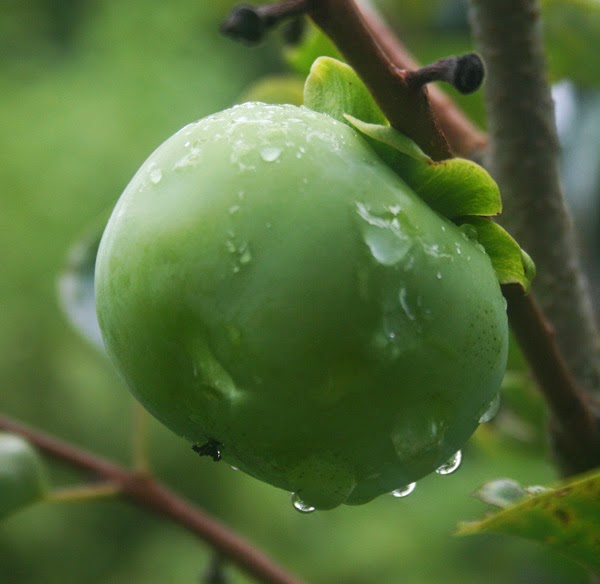
While I lived in Tennessee, I planted a variety of trees including peaches, plums, pears, apples and Nanking cherries. You can also grow pecans, walnuts, pawpaws, chestnuts, sugar maples, mulberries, honey locust, figs and both Japanese and native persimmons.
Figs will freeze to the ground in some winters but return and bear the following season. If planted in protected locations, they’ll do better.
I had great luck with Belle of Georgia and Elberta peaches, but if you can find a local nursery that specialized in fruit trees, you can get a wide range of good peaches to choose from, among other things.
You can also start a lot of your own stone fruit from seed.
Peaches can bear in just 2-3 years from seed!
Tennessee Food Forest Shrubs
Gooseberries, currants, thornless blackberries, raspberries, blueberries… man alive, there are some great choices. Some edible bamboo varieties grow in Tennessee, too.
I had great luck with Apache thornless blackberries.
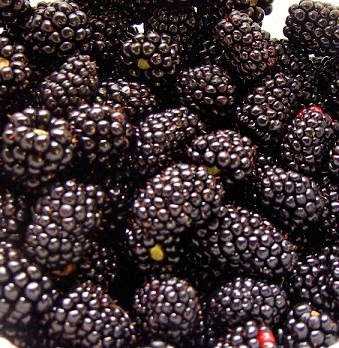
Strawberries do well also, but are a bit more work.
Tennessee Food Forest Herbs and Vines
Another winner for Tennessee is the beautiful Jerusalem artichoke, which makes great fodder for animals. Vegetable gardening is not hard, either. Potatoes, sweet potatoes, dent corn (try Hickory King – it makes great grits!), lemon balm (which is perennial), catnip for tea, grapes of multiple varieties, hardy kiwi, horseradish, Hubbard squash, sunflowers cabbages, tomatoes – you can grow a lot. I had much better luck with tomatoes in Tennessee than I ever did in Florida or the
tropics.
Onions and garlic did well for me too. I planted garlic cloves in the fall and harvested them in summer, spicy and delicious.
Getting Started on a Tennessee Food Forest
I recommend you start planting your fruit and nut trees in the fall, rather than right now. They will do well in the cooler weather and go to sleep for the winter while getting plenty of water to start them in spring. Hit some fall plant shows, meet with other gardeners, ask for cuttings and seeds and get as much going as you can. You can also plant lots of nuts, pits and seeds in the ground in fall. Pawpaws, persimmons, walnuts, peaches and other large-seeded fruits that need winter chill to germinate will do quite well this way, popping up all over in spring. You might want to plant a few in each spot and hammer in a stake so you don’t miss them in the spring weeds, though. Thin as needed later.
Another big help is to drop lots of tree company mulch where you hope to plant. Lay down sheets of cardboard and cover with a foot or two of shredded wood chips so you have weed-free, rich planting spots to start with. You can also throw down cover crops like mustard, winter wheat and rye, peas, etc. That will get the soil going and add biomass.
It’s also not a bad idea to see what’s already growing on the land. Are there useful weeds that attract bees and insects? Wild edibles? Trees that are hosting edible mushrooms? Nitrogen-fixers, like black locust? Edible sumac? Don’t inadvertently cut down something that will feed or support the system – or feed you!
Also, don’t worry about accidentally killing trees or having seeds that don’t grow. It happens. Nature throws a lot of seeds around and you can too.
Other sources for material include mail order nurseries like Burnt Ridge Nursery and Peaceful Valley. Bare root trees and shrubs ship in the spring. The best option is to hunt for local nurseries, but I have had good luck with those two mail order sources as well.
Thanks for writing – get started and don’t look back! You will succeed. Tennessee wants to be forested and you can direct the process over time to bring in an abundance of good food.

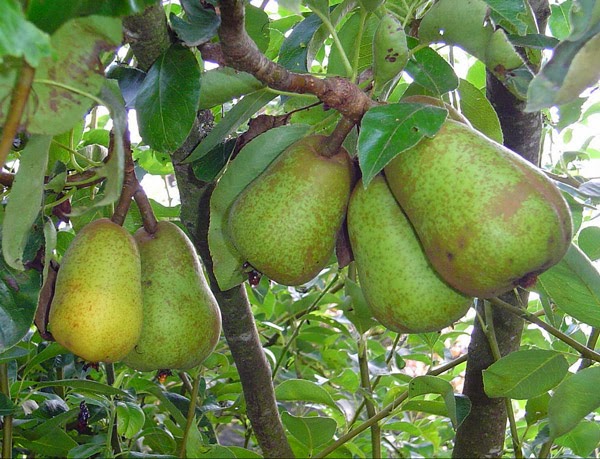
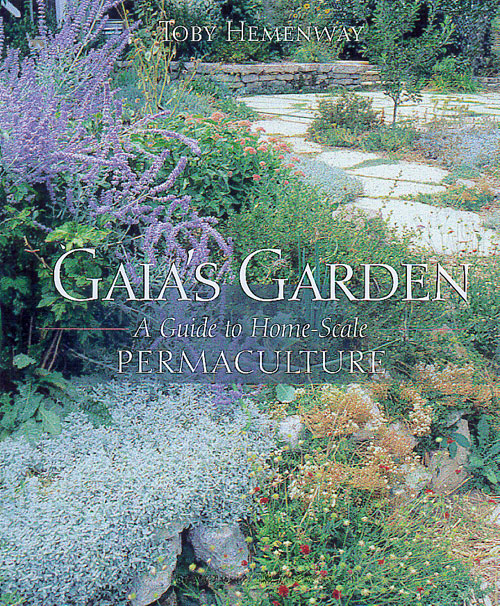
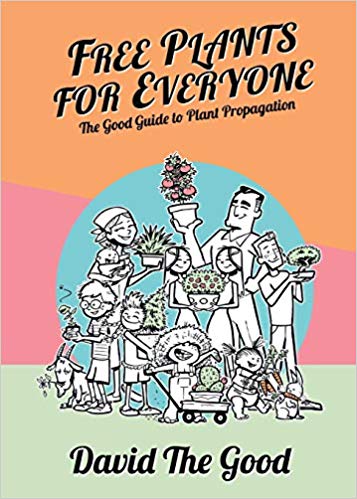
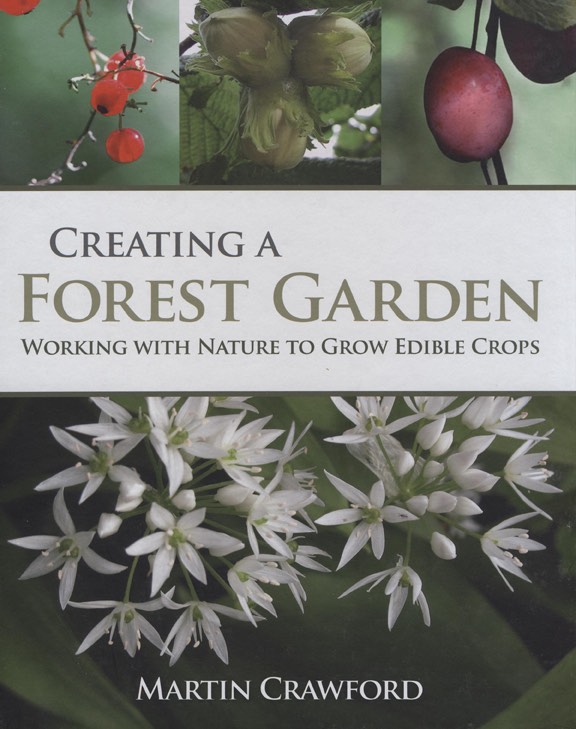
6 comments
I live in Nashville, and want to use a backyard wooded area for a food forest. I have the canopy layer, and want to clear it out to make way for food bearing plants and trees to get the sun I get in there. It is pretty shady some of the day, so I wondered if you had any insight for Tennessee Zone 7a part shade food forests.
Thank you for writing this. If you had to compare between Florida and Tennessee which would you say is better for growing food?
My answer: https://www.thesurvivalgardener.com/growing-food-tennessee-vs-growing-food-florida/
Wow! I am just east of chattenooga in Mccaysvile, GA. do you know of any nursuries in the area for native varietys?
I don’t, but I’m sure there are some.
Hidden Springs in McMinville is probably the best for native and hard to find varieties. It is now run by Hector Black’s daughter Annie.
Comments are closed.